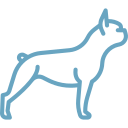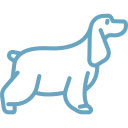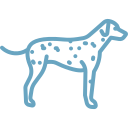The endothelium is the part of your pet’s eye that is responsible for pumping excess water out of the cornea and into the eye. Sometimes, the pump mechanism fails, causing excess water to stay in the cornea, making it appear cloudy. Keep reading to learn more about endothelial degeneration in pets, from causes and symptoms to diagnosis and how it’s treated.
What animals does endothelial dystrophy affect?
Endothelial dystrophy is most common in older dogs, but has also been diagnosed in younger dogs and cats. The condition is usually hereditary. Predisposed breeds of dogs include:
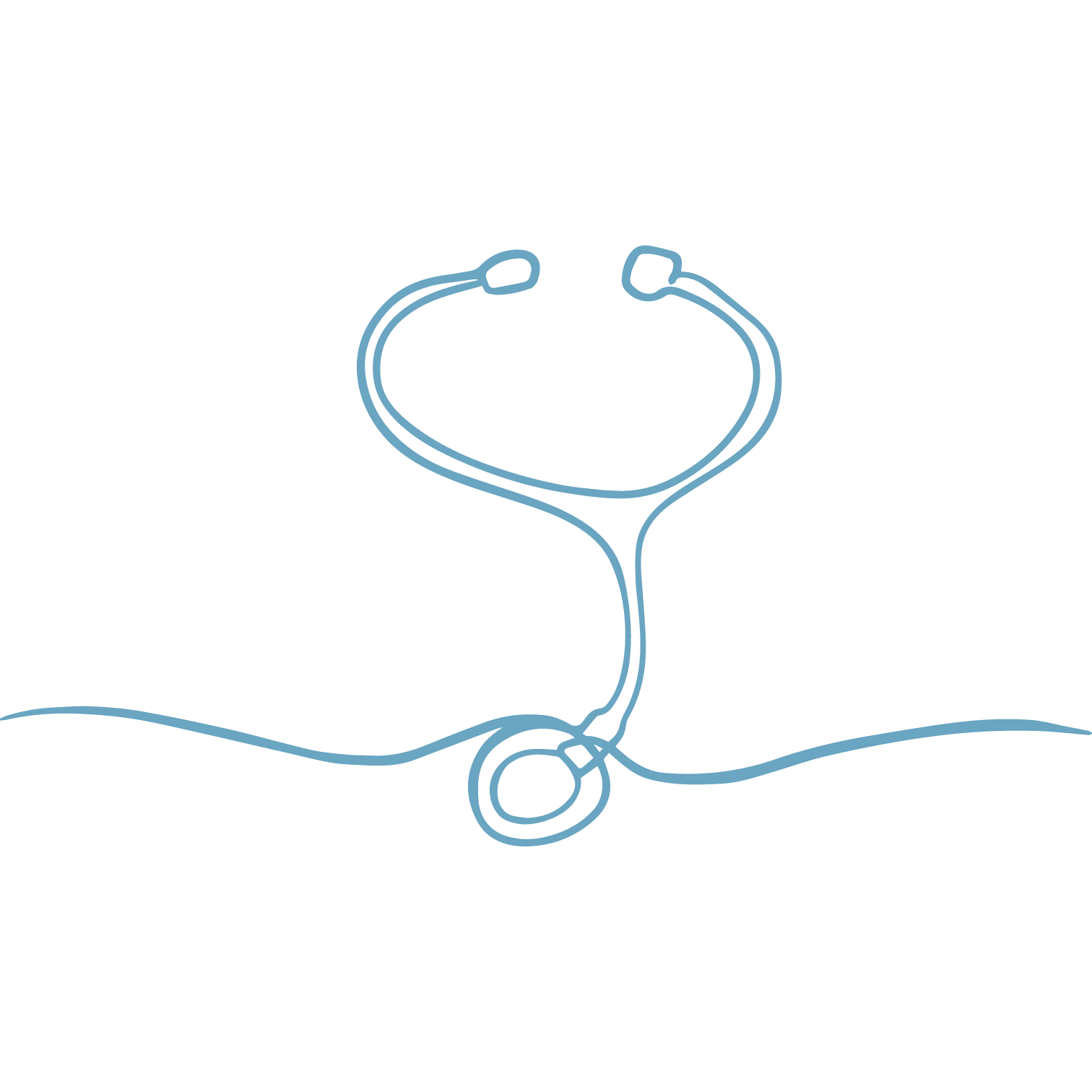
What are the causes of endothelial dystrophy?
Endothelial degeneration occurs when there are too few functioning endothelial cells, responsible for pumping the water away from the cornea. There is a natural level of cell loss that comes with age, however if your pet was born with lower than normal endothelial cells or if the cells have been damaged at some point in their life, the remaining cells may not be enough to cope with the demand, and corneal oedema appears.
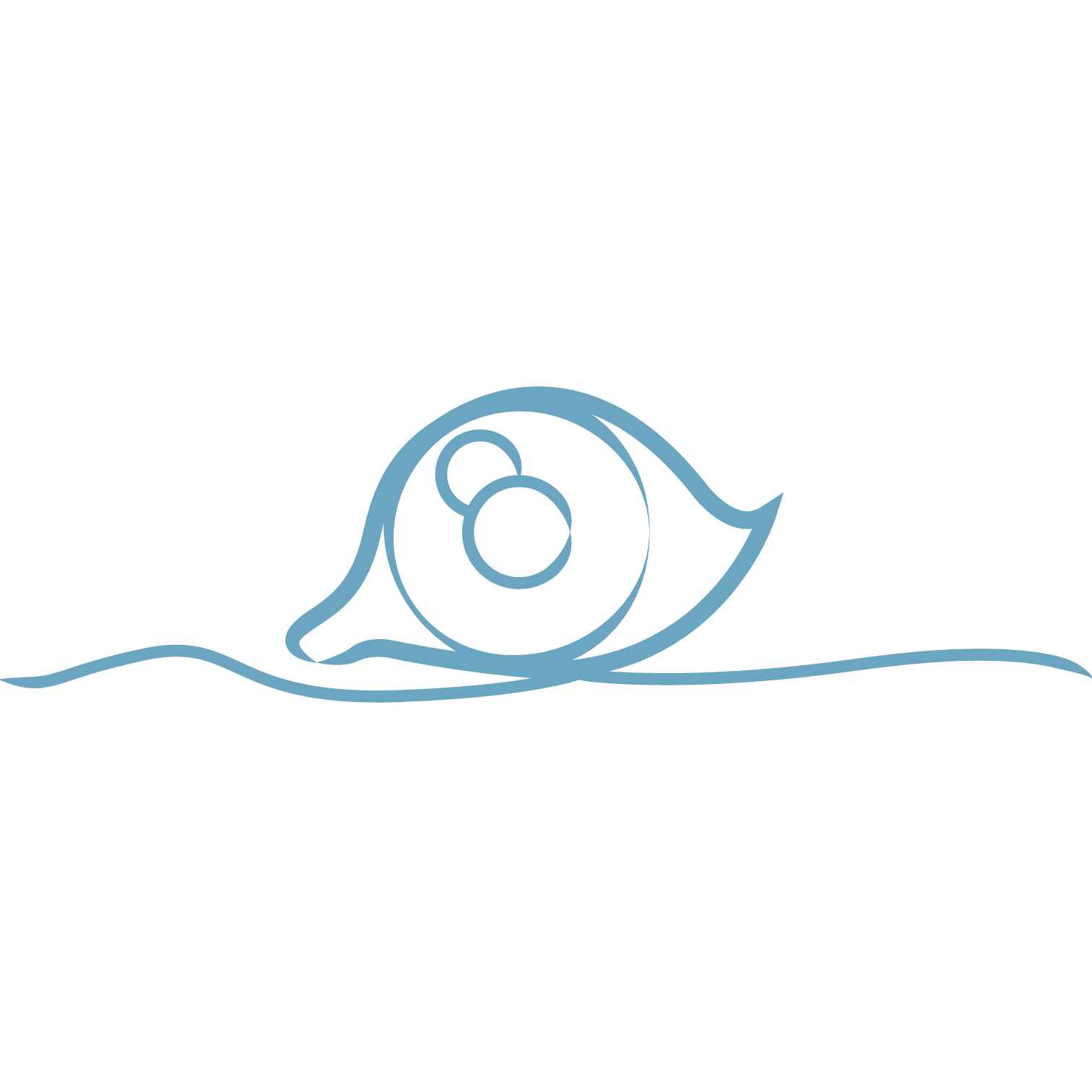
What are the symptoms of endothelial dystrophy?
There aren’t all that many symptoms of endothelial dystrophy in itself, however secondary symptoms of corneal ulcers may appear, particularly in more severe cases.
Change in eye colour
Your pet’s eye will likely appear a cloudy blue colour due to the excess water in the cornea. This can become worse over time and may affect their vision.
Corneal ulcers
As the disease progresses, small bubbles may appear, called bullous keratopathy, in the cornea that burst to create corneal ulcers. Corneal ulcers are painful and you might notice some of the following symptoms:
- Increased blinking or squinting to alleviate pain
- Increased scratching or rubbing around the eye
- Avoidance of bright lights
- Discharge
Affected vision
The cloudiness of the cornea may gradually begin to affect your pets vision. You may find that their vision is blurred or decreased.
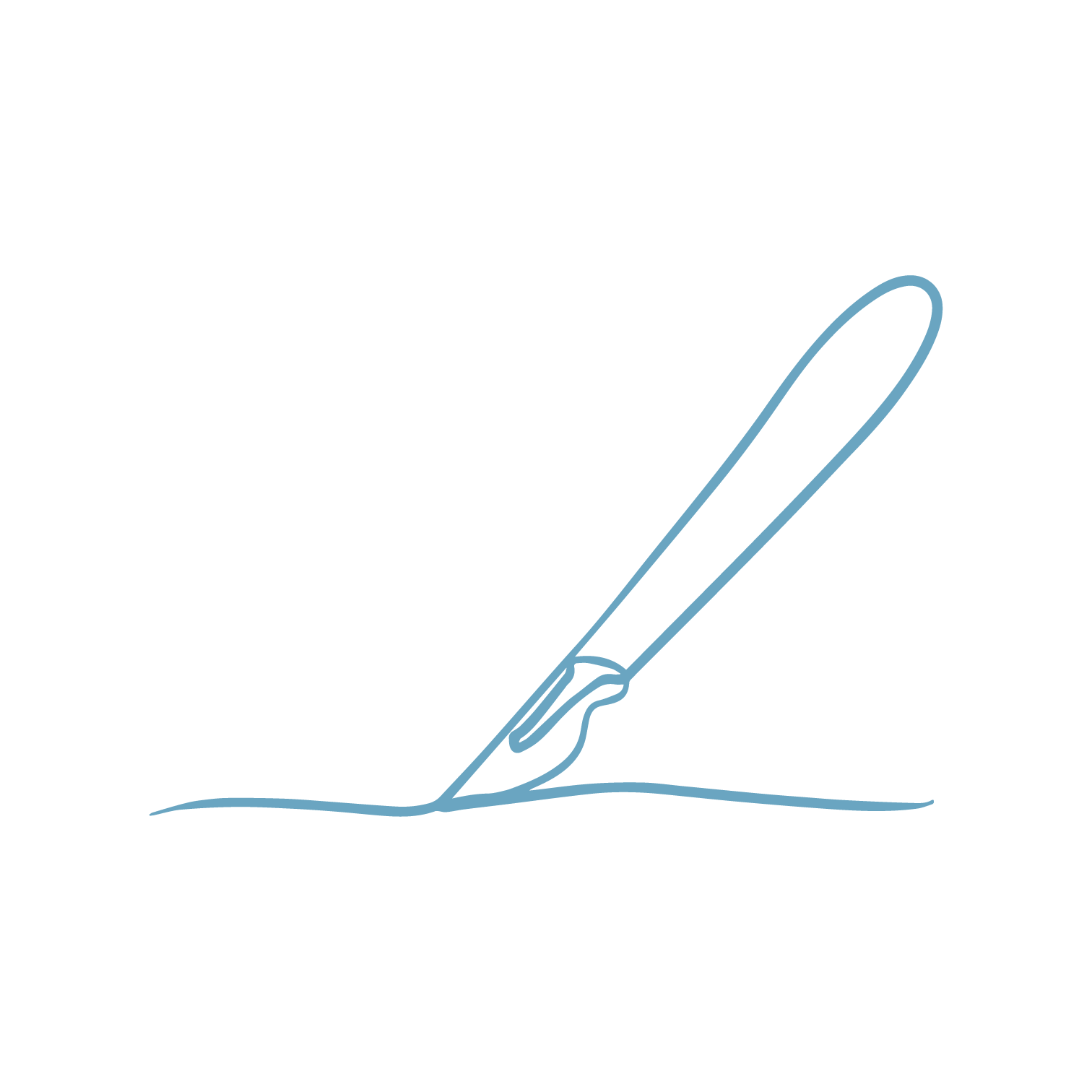
What are the treatment options for endothelial dystrophy?
Sadly, there is no treatment to replace the missing endothelial cells, however there are options:
- Vets will usually recommend the use of saline eye drops to draw out the excess water in the cornea, increasing the transparency of the eye. To be effective, this medication must be administered on a very regular basis.
- In more severe cases, crosslink surgery may be recommended to help control ulceration. The effects do however wear off after time but can be repeated.
- Thermal keratoplasty is where lots of pinpoint burns are applied to the cornea to induce scarring. These are like ‘tack welds’ and stop the cornea from swelling with too much water. It is used to reduce the formation of secondary ulcers (bullous keratopathy). Unfortunately rarely does it improve the clarity of the cornea but may make it worse. As a result it is only considered in severe cases. A contact lens applied after the procedure will help make your pet more comfortable whilst the eye heals.
- Alternatively, a graft surgery may be recommended to bring blood vessels into the water-logged cornea. These blood cells help to remove the excess water in the cornea, increasing transparency of the eye and reducing the risk of ulcers. Post-surgery, your pet would be required to wear a buster collar to avoid rubbing or scratching the area, and topical antibiotics would be prescribed to reduce the risk of infection.
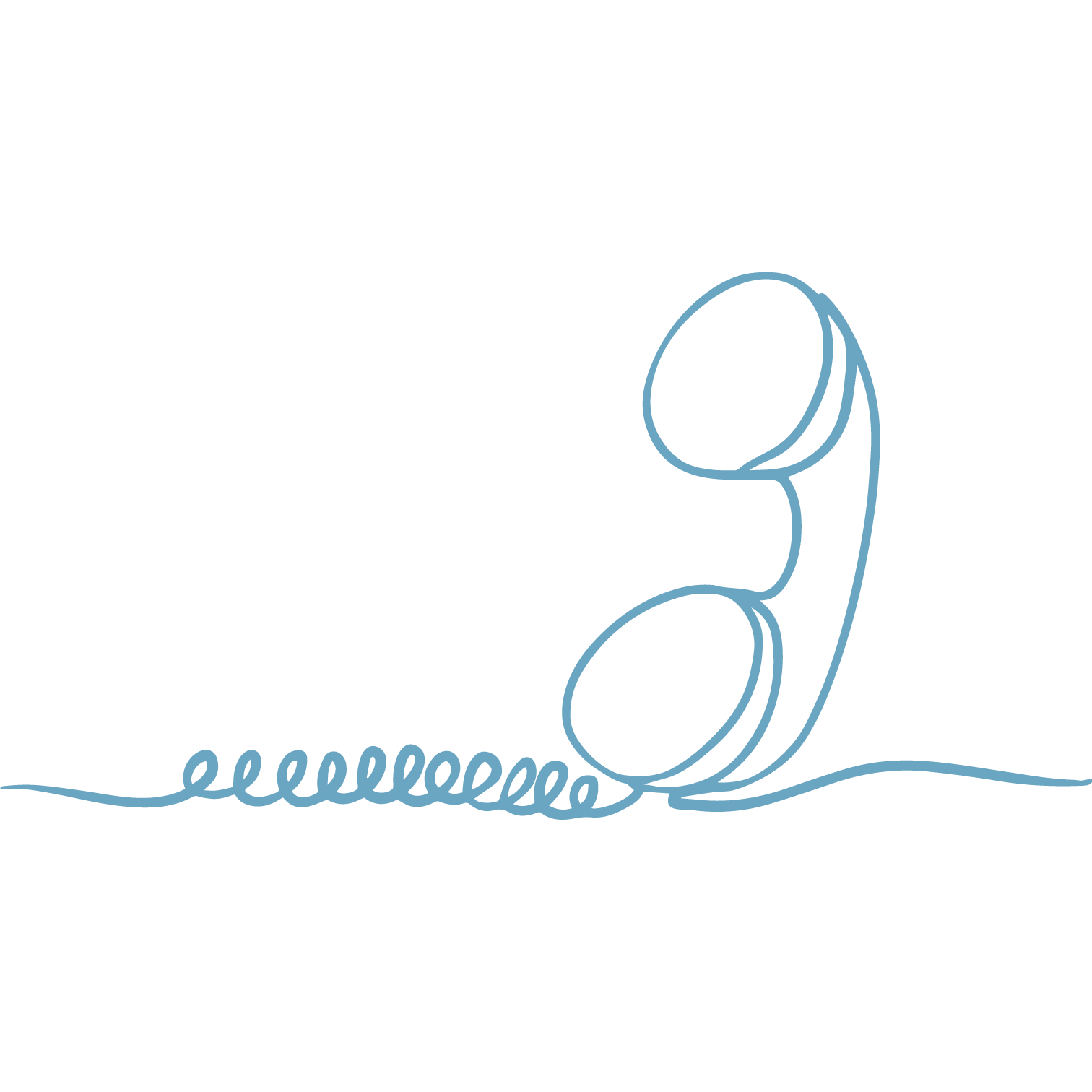
Knutsford Vets Surgery
By choosing Knutsford Vets Surgery, your pet will be in the safe hands of experienced Ophthalmologist, Dr Paul Adams. Dr Adams has years of experience treating a wide range of eye conditions, and is the perfect partner to look after your pet’s ocular health.
We welcome new patients, second options and referrals.
Our friendly team is on hand if you have any questions. Contact us on 01565 337999.


